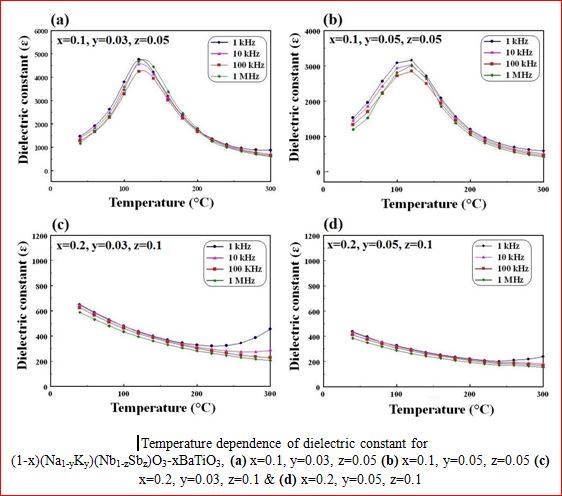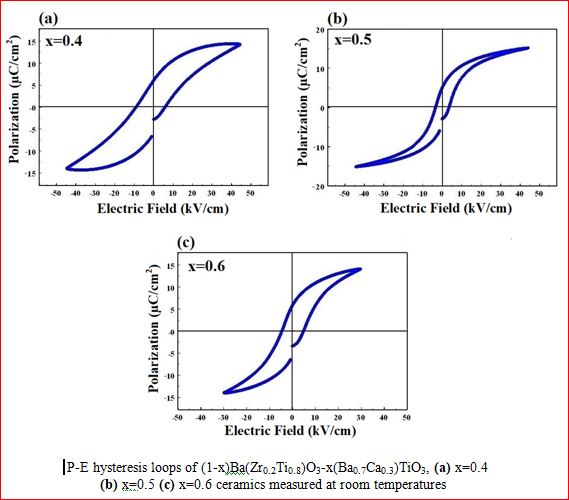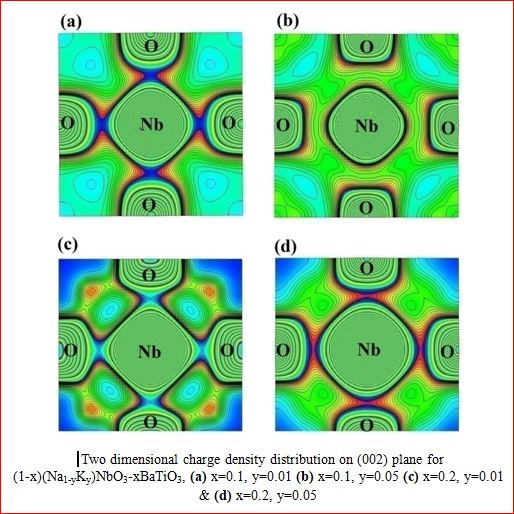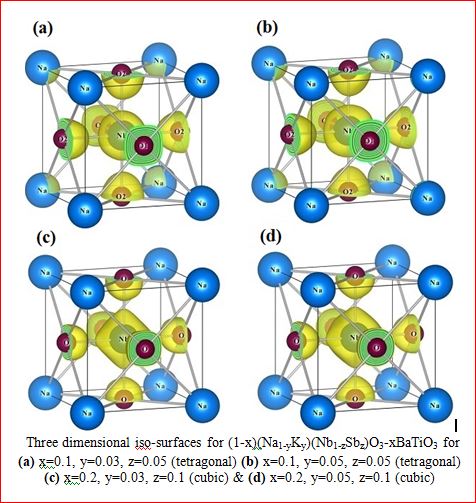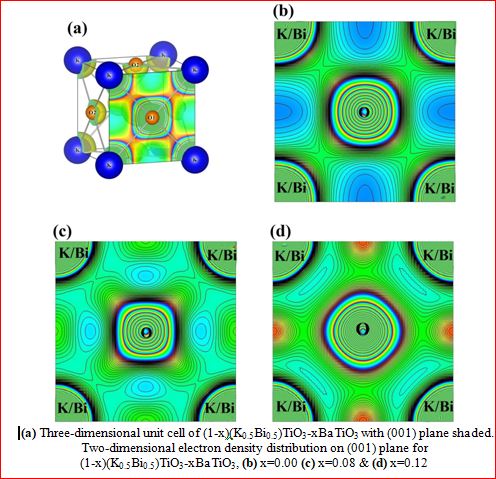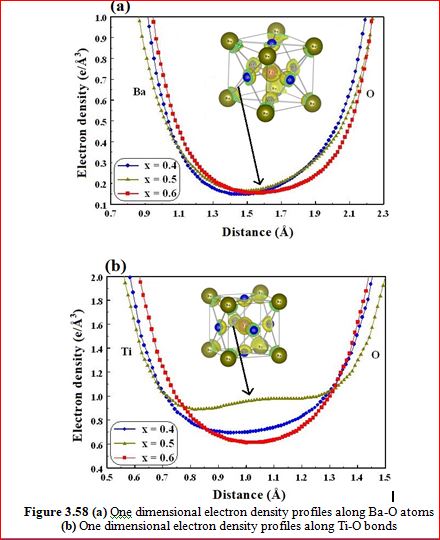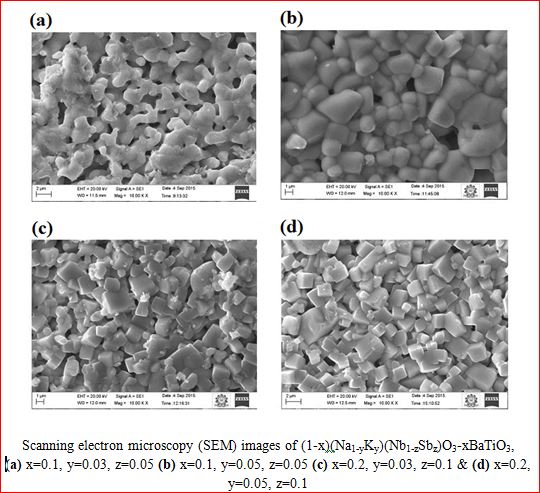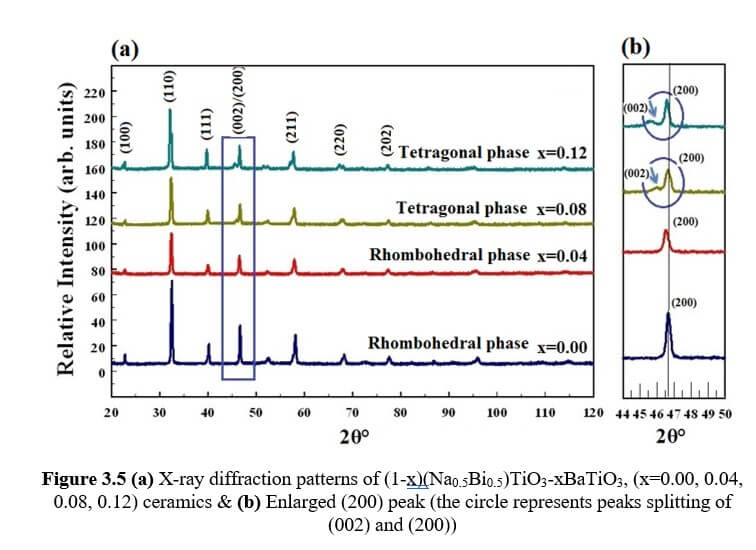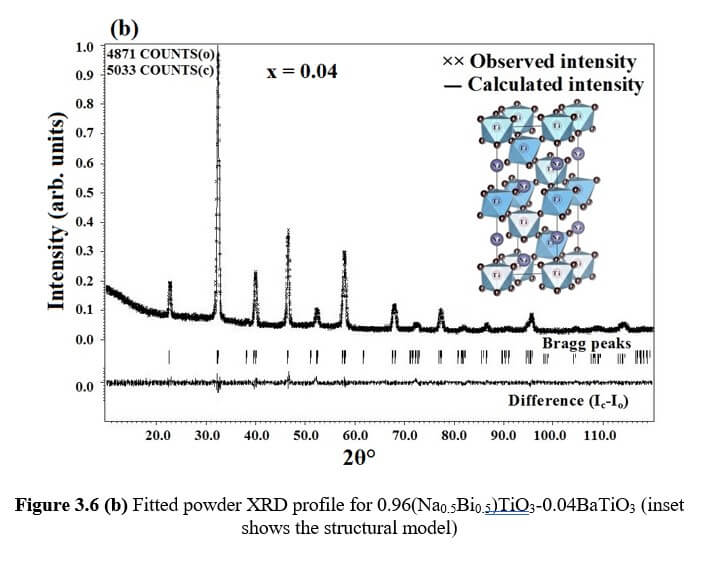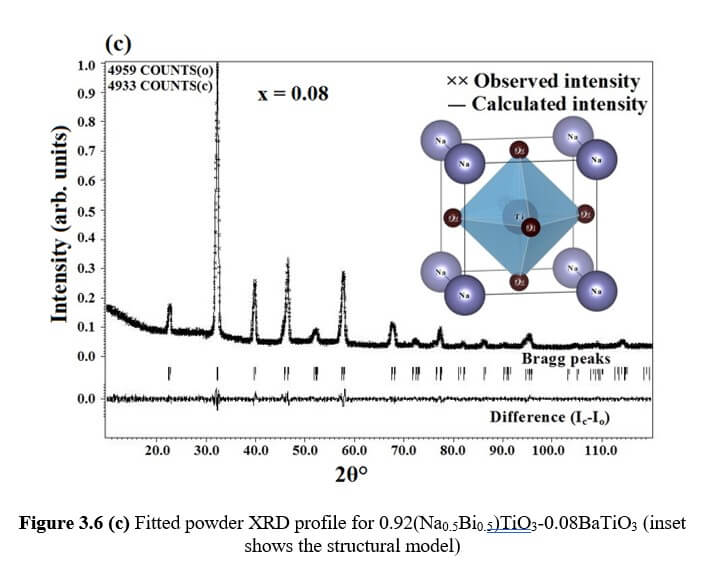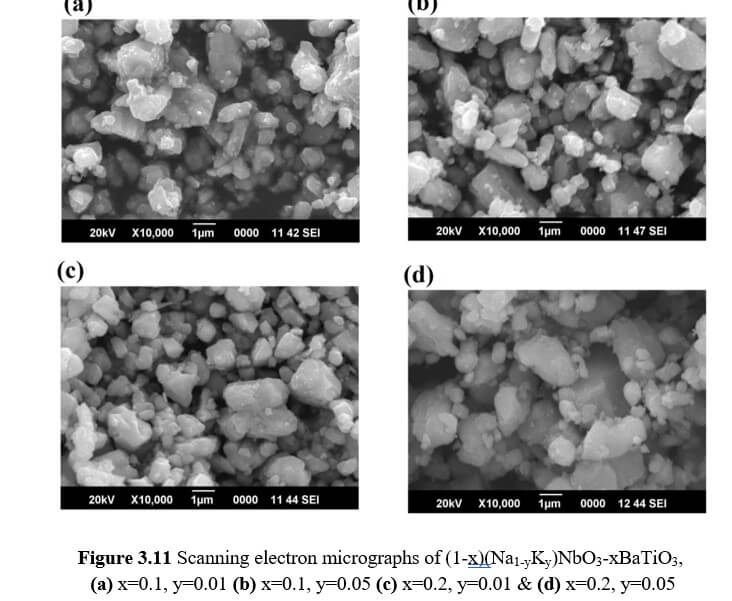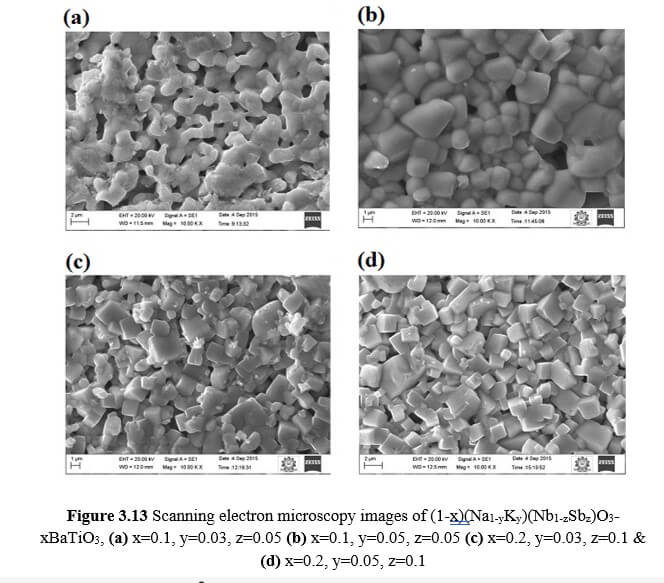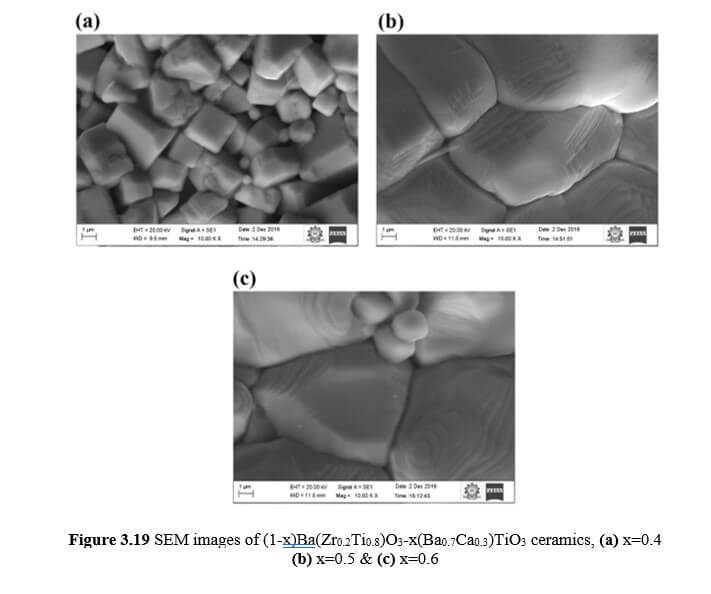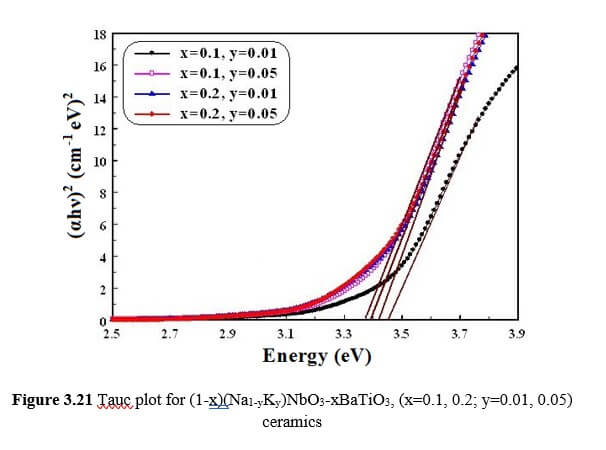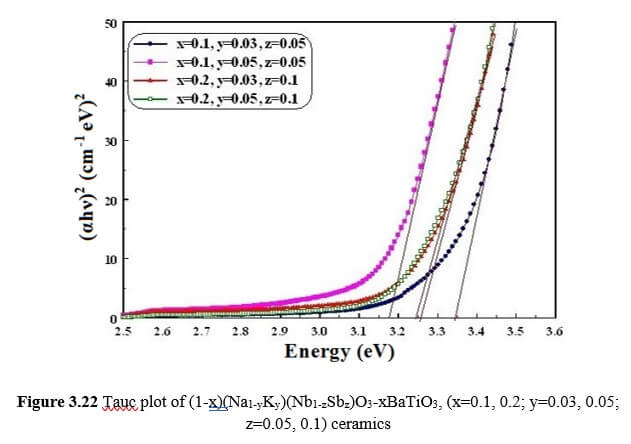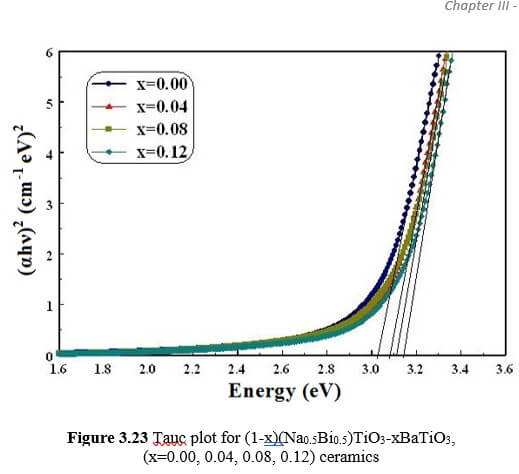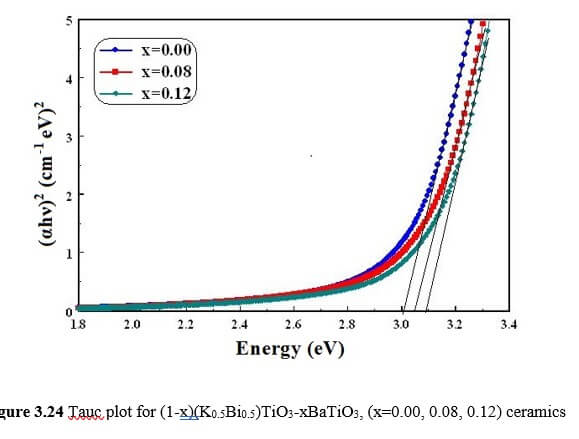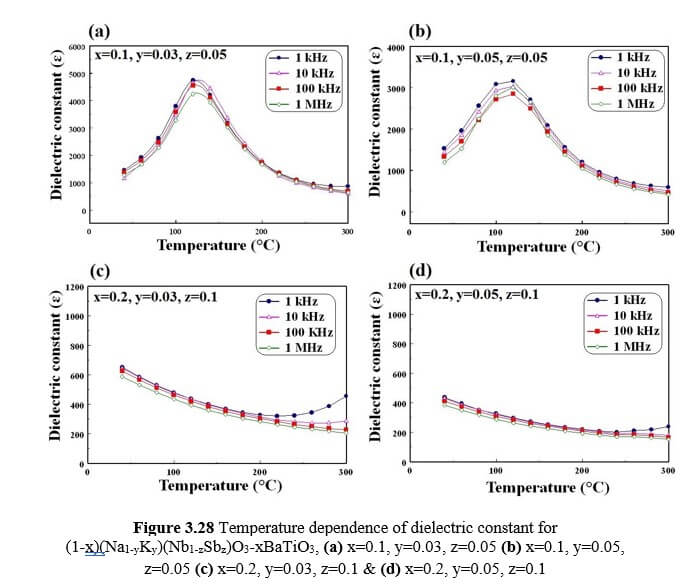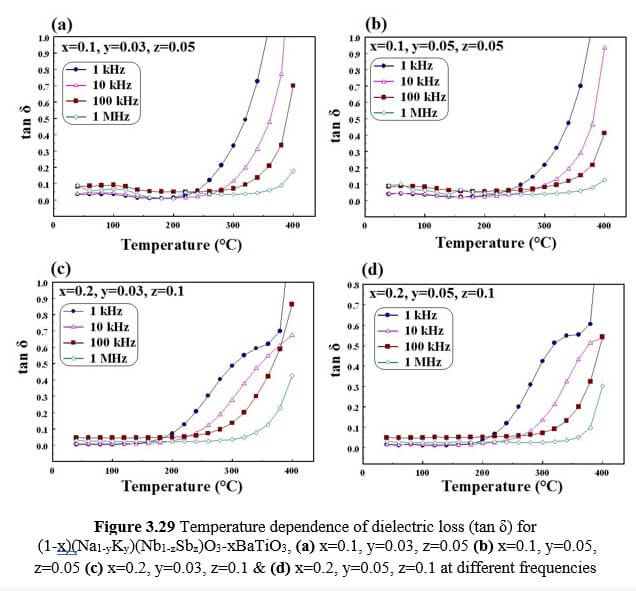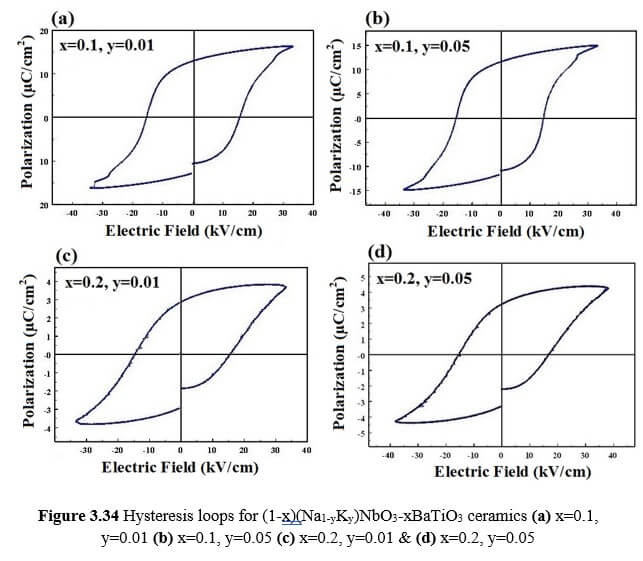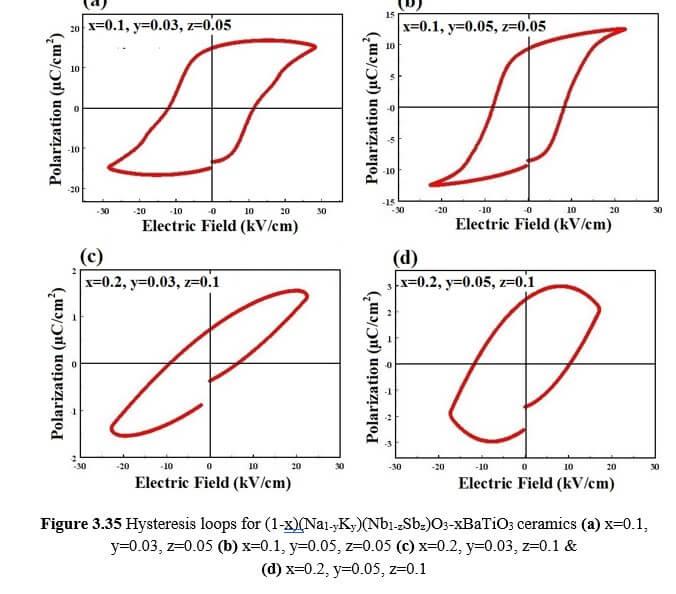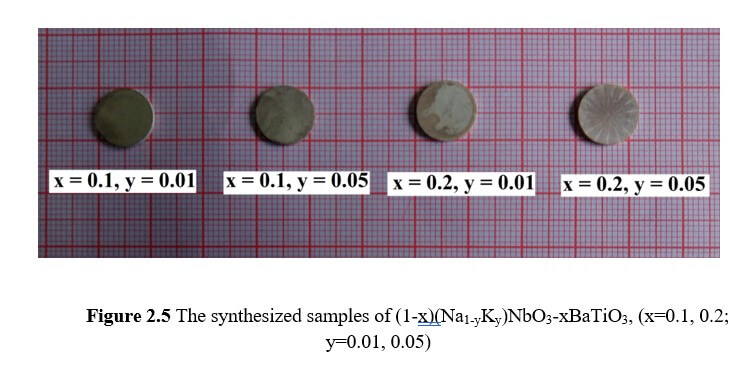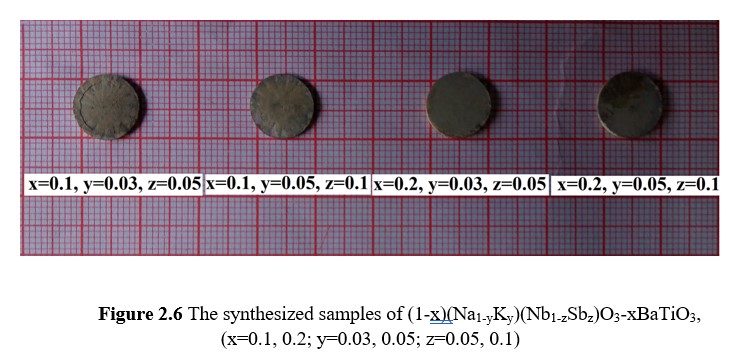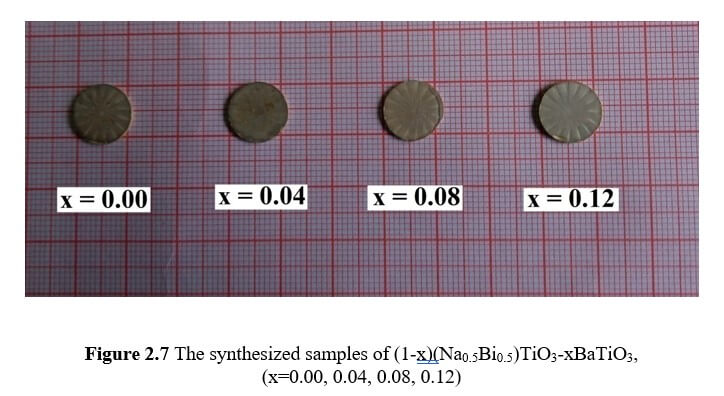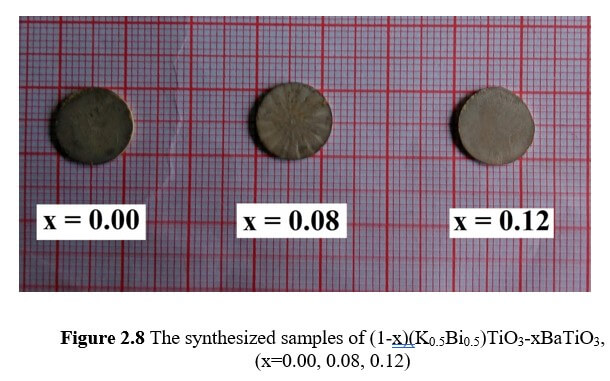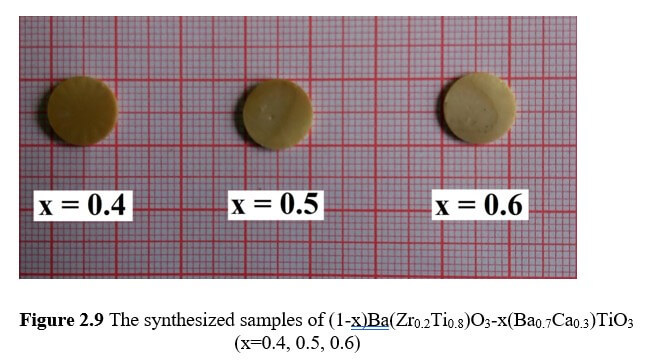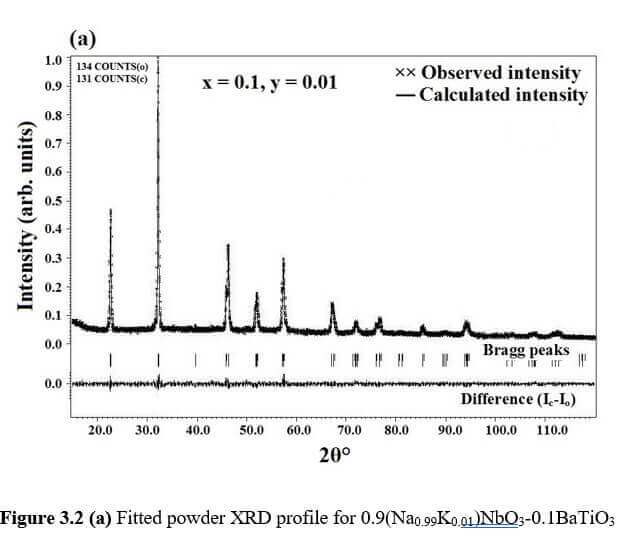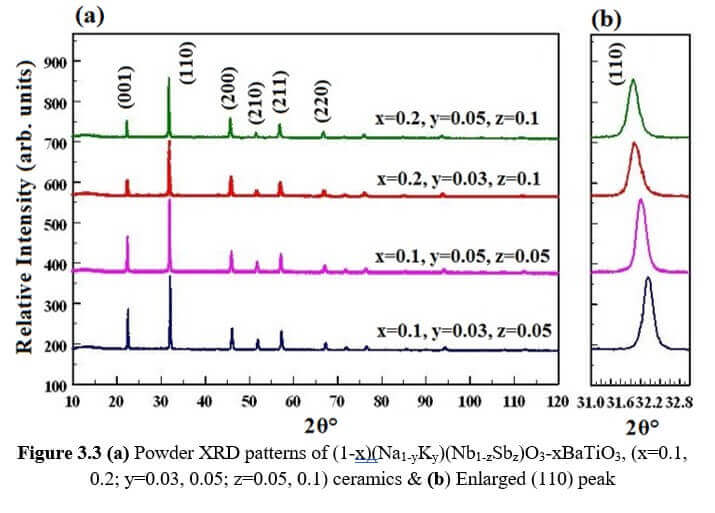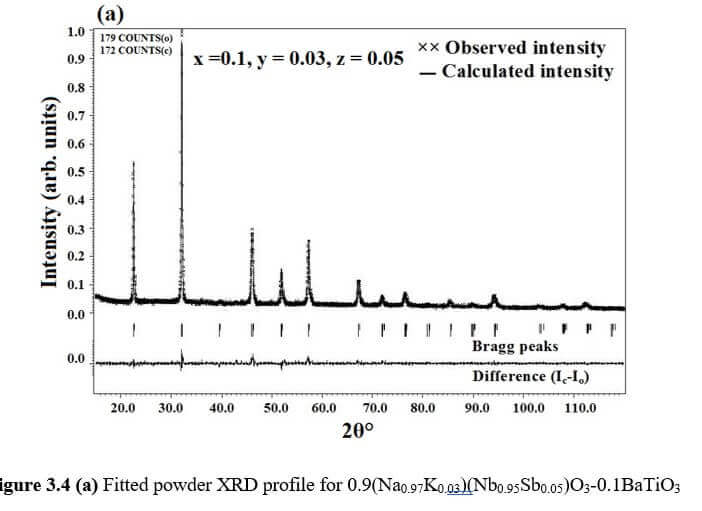Piezoelectric materials
Piezoelectric materials are nowadays widely used as transducers, actuators or sensors due to their excellent piezoelectric properties. Piezoceramics are found in many applications as in ultrasonic transducers, mobile phones, etc. The solid solution of lead zirconate titanate (PZT) is one of the most frequently studied ferroelectric materials, which is useful in actuating and sensing applications. Although, lead-based perovskite ceramics are dominating the markets of both the piezoelectric and the ferroelectric devices, the toxicity of lead has raised serious environmental issues. Hence, the growing demand for replacing these lead-based piezoelectrics has paid more focus on the development of efficient lead-free systems.
More than a decade of intense research provides primordial interest for developing lead-free ceramics as an alternative of lead-based materials in many technological applications. Amongst the several systems investigated, BaTiO3, Na0.5Bi0.5TiO3 (NBT) and (Na, K)NbO3 (NKN)-based systems are the most promising lead-free ceramics. To replace the lead-based piezoelectrics, a lot of studies related to lead-free piezoelectric materials have been conducted.
The research topic in our work fuscous the preparation of the lead-free ceramic solid solutions and characterization of them using XRD, SEM, EDS, UV-Vis, dielectric, ferroelectric, piezoelectric measurements. The crystal structure of these ceramics has been analyzed using charge density route and correlated with the other experimental measurements, primarily the piezoelectric measurement. In this context, the following five series of lead-free piezoceramic (solid solutions) have been chosen for the present work as follows;
- (1-x)(Na1-yKy)NbO3-xBaTiO3, (x=0.1, 0.2; y=0.01, 0.05)
- (1-x)(Na1-yKy)(Nb1-zSbz)O3-xBaTiO3, (x=0.1, 0.2; y=0.03, 0.05; z=0.05, 0.1)
- (1-x)(Na0.5Bi0.5)TiO3-xBaTiO3, (x=0.00, 0.04, 0.08, 0.12)
- (1-x)(K0.5Bi0.5)TiO3-xBaTiO3, (x=0.00, 0.08, 0.12)
- (1-x)Ba(Zr0.2Ti0.8)O3-x(Ba0.7Ca0.3)TiO3, (x=0.4, 0.5, 0.6)
Research works and scholars
